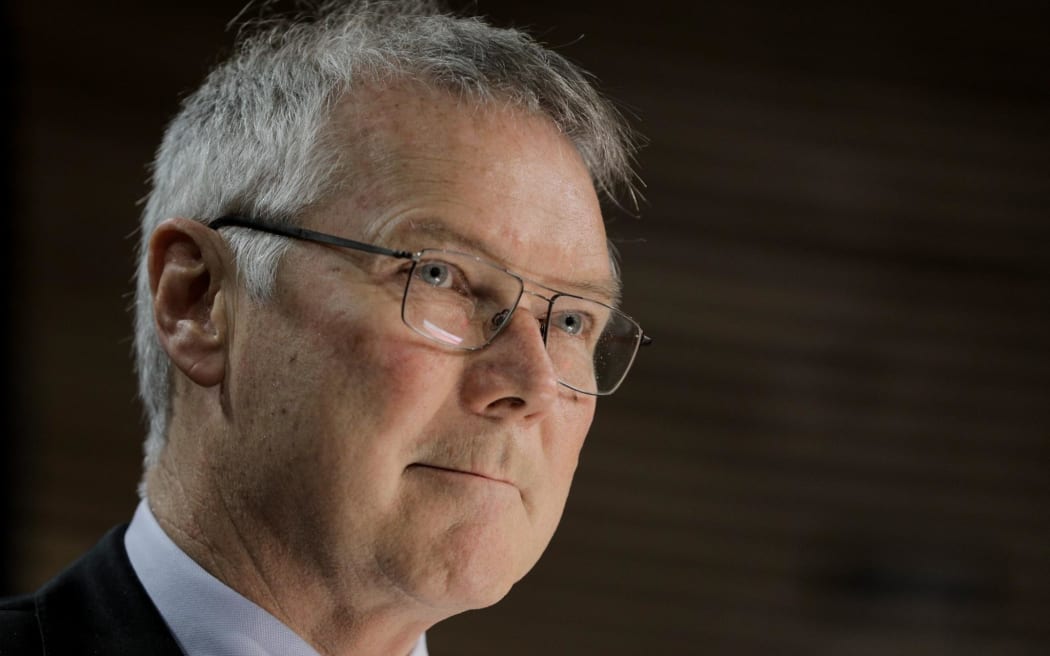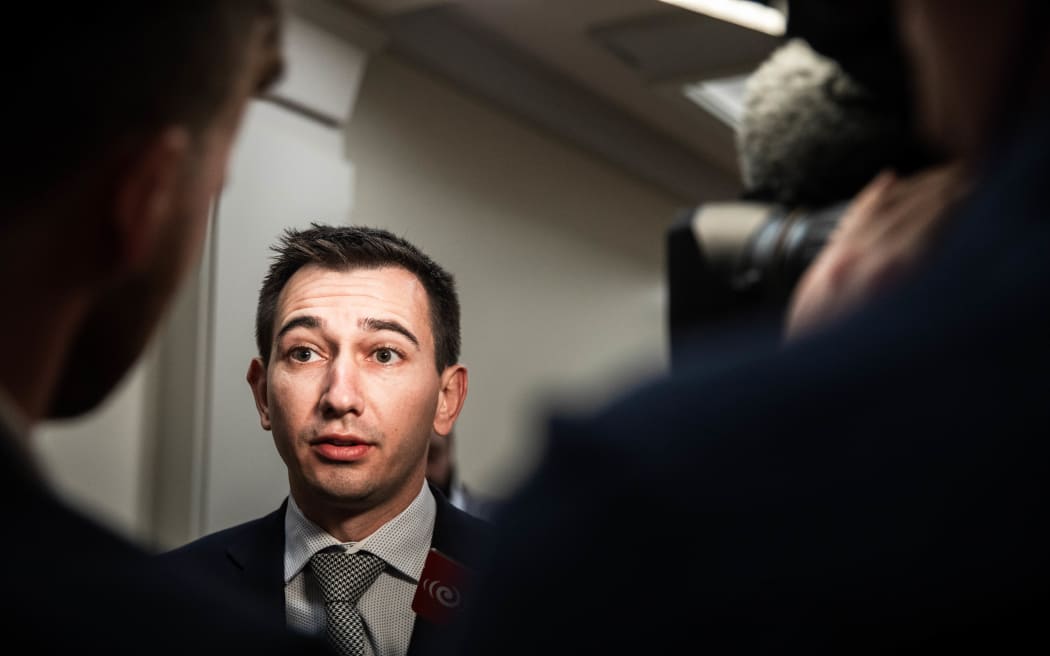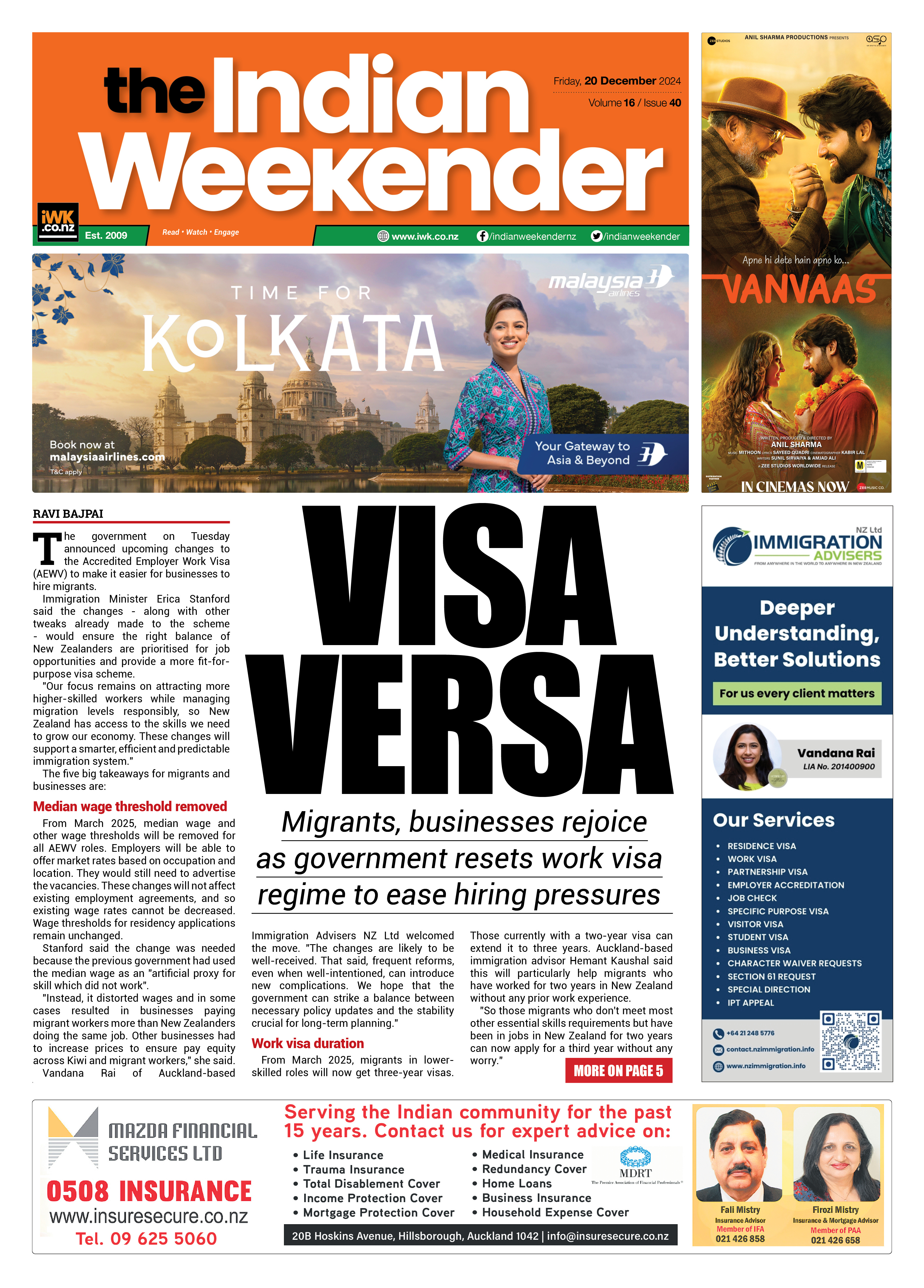Government releases 10 years transport plan for consultation.

The government is unveiling its plan for land transport over the next decade, prioritising more than $20 billion of funding on 14 new roads and public transport links.
The Government Policy Statement sets out priorities for investment over 10 years, with a new one every three years. The one released today is a draft which consults on a proposed $70b spend out to 2034.
As part of addressing recent extreme weather events and preparing for future ones, it also called for more spending and a bigger focus on maintenance. This would be paid for by a small increase to fuel excise and tax, and road user charges from mid-2024, amounting to paying an extra $1 a week, for the average motorist, each year.
The centrepiece, however, was the 14 "key strategic projects" and increasing funding for land transport by a third for 2024-27 compared to the previous three years.
- Warkworth to Whangārei - State Highway 1; Te Hana to Brynderwyns, Warkworth to Wellsford and Whangārei to Brynderwyns
- Auckland Northwest Rapid Transit
- Auckland third and fourth rail line expansion
- Avondale to Onehunga rail link
- Level crossing upgrade and removal - Auckland and Wellington
- Cambridge to Piarere - State Highway 1
- Tauranga to Tauriko - State Highway 29
- Wellington CBD to Airport - second Mount Victoria Tunnel and upgrades to Basin Reserve/Arras Tunnel
- Wellington CBD to Island Bay - Mass Rapid Transit
- Napier to Hastings - four-laning State Highway 2
- Nelson (Rocks Road) shared path - State Highway 6
- Richmond - Hope Bypass - State Highway 6
- Christchurch Northern Link - State Highway 1
- Ashburton Bridge - State Highway 1
Prime Minister Chris Hipkins and Transport Minister David Parker announced the plan at the site of a new railway station being developed for Drury.
Hipkins said the government viewed the 14 new routes as "critical nation-building transport priorities".
"These routes include a balanced mix of public transport and roads, which require work as a priority to reduce congestion, manage emissions, improve safety, grow the economy and open up areas for housing."
"The funding - an increase of $5.3 billion or 34 percent on 2021-24 - is the highest by any government."
More maintenance, higher taxes
Parker said the new GPS also recognised the new major works could not come at the expense of maintenance.
"Maintenance flatlined under the National government. They focused on roads of national significance, they told Waka Kotahi to deliver those first and spend what was leftover on maintenance, essentially," he said.
He said Labour had increased maintenance funding substantially while in power, with a blip during the Covid-19 pandemic because fewer people were able to work on the roads.

David Parker Photo: RNZ / David Parker
Rail, public transport, walking and cycling, and safety also needed to be prioritised, he said. The Northwestern motorway on State Highway 16 - which was six or eight lanes wide - had needed more than $100m in spending in recent years, he said.
"Even the eight lanes wide bits are congesting now. It proves the point that in your big cities, you cannot build your way out of traffic congestion through motorway improvements alone," Parker said.
Where possible, the government had opted for less-expensive projects, while also ensuring they would last into the future, he said.
Parker said current revenues were expected to amount to $13.1b over the 2023-27 period, so the $7b shortfall would need to be made up through "the old system pre-Covid of regular small increases to road excise, road user charges and fuel taxes". These would increase by 2 cents every six months, making for a 12-cent rise by 2024.
It would be further padded out with funding from general taxation, the Climate Emergency Response Fund, and additional loans.
The $70b projected for the next 10 years includes $60b from the National Land Transport Fund, and $10b of Crown funding. Councils also provide about $1.5b a year for local transport.
'Cynical, desperate' - National
In a statement, National's Transport Spokesperson Simeon Brown said the plan was "not worth the paper it's written on and reveals a desperate admission from the government that it has been wrong about roads for the past six years".

Simeon Brown Photo: RNZ / Samuel Rillstone
However, he acknowledged many of the projects matched those proposed by National's own transport policy announced last month.
"Labour has cut and pasted transport projects from National's Transport for the Future policy ... in a cynical attempt to fool New Zealanders into thinking that they care about building roads.
"Labour has wasted hundreds of millions of dollars on consultants for phantom projects like light rail in Auckland and Let's Get Wellington Moving, which have failed to deliver the transport infrastructure that our country needs."
Brown said National was the party of infrastructure, and would end "Labour's never-ending talkfest" by building key transport projects.
Auckland light rail, Let's Get Wellington Moving
The plan noted the Auckland light rail project's latest cost estimates, rollout and route and station locations were expected to be announced after the plan is adopted.
On Let's Get Wellington Moving, it only said the mass rapid transit element was "now entering the detailed business case phase, investigating light rail or bus rapid transit options to the south from the Wellington Railway Station".
The GPS had been expected to be released for consultation in May, but was delayed after Cyclone Gabrielle and other extreme weather early in the year. Consultation closes at 5pm on 15 September.




